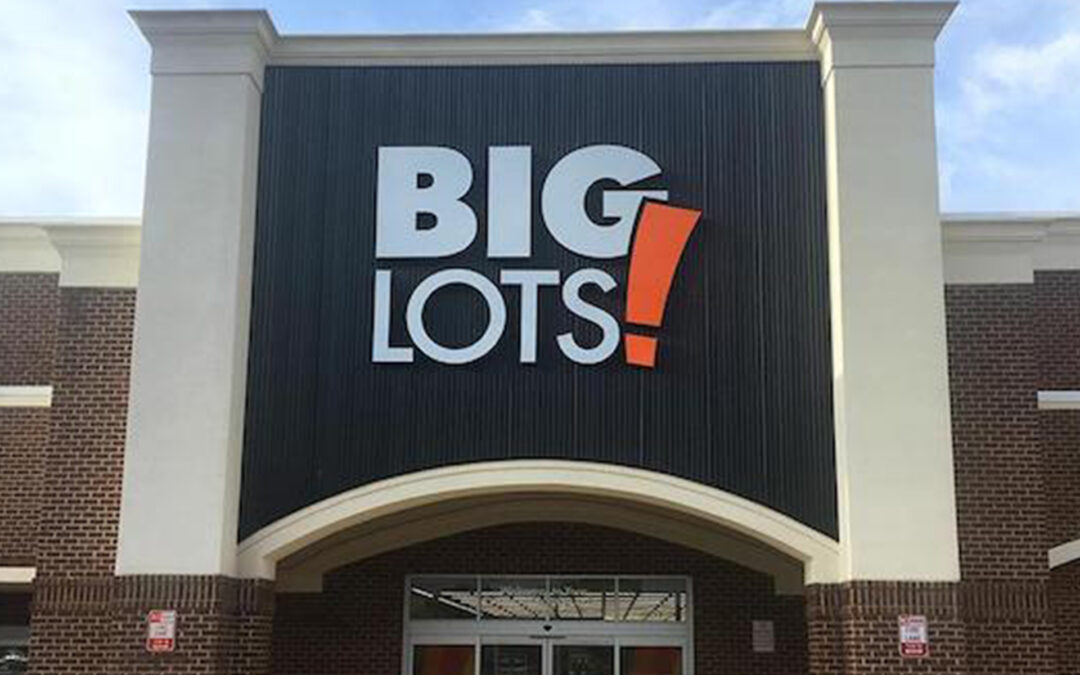Faced with economic headwinds, operational bottlenecks and an ongoing need to remain competitive, small and midsize businesses are taking steps to optimize and innovate their supply chain strategies using technology and cooperative buying arrangements, according to a Capterra survey of 300 SMB supply chain professionals in the United States.
Other survey results, according to Capterra, include:
- A strained economy and low inventory are top SMB stressors. SMB supply chain professionals identify inflation, at 65%, lack of inventory, at 45%, and economic recession at 42%, as their top three concerns going into 2023.
- Software-based emerging technology is gaining while hardware lags behind. Small business supply chain operations are investing in software-based emerging technology at twice the rate of hardware-based tech. The top three emerging technologies adopted by SMB supply chains are IoT, at 42%, blockchain/smart contracts, at 41%, and artificial intelligence, at 39%.
- Seasonal forecasting is reducing excess inventory concerns. Although major retailers have dealt with an influx of excess inventory, 67% of SMBs say their forecasting techniques have helped them avoid overstocking. Seasonal and quantitative forecasting are among the techniques used by SMB supply professionals in 2022 and going into 2023.
- More SMBs are leveraging cooperative procurement to boost buying power. By working directly with each other to place larger orders or with suppliers who gain greater purchasing power, the number of SMBs in a group purchasing organization has more than doubled over the last year. At this point, 64% of SMB supply chains have joined or plan to join a GPO to help mitigate procurement costs and challenges.
“The biggest surprise in the research is that nearshoring is happening much faster than predicted at small businesses,” says Olivia Montgomery, Caterra associate principal supply chain analyst. “What’s less surprising, but equally critical, is the shift we’re seeing toward collaborative procurement. Supply chains are becoming less of a back-of-the-house ‘secret recipe’ and more like a joint collective where everyone benefits.”





